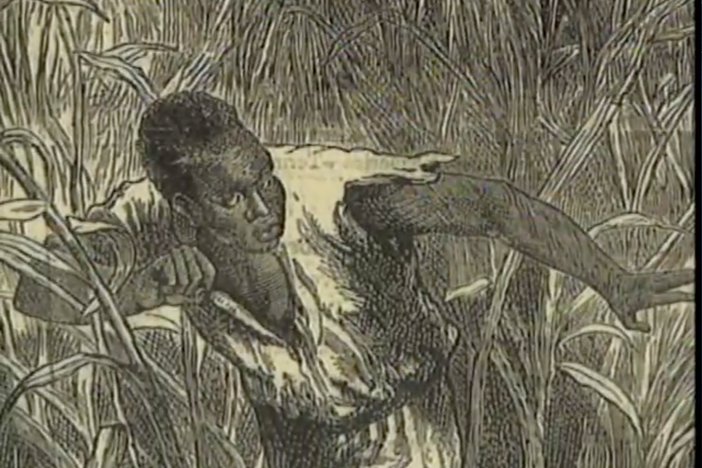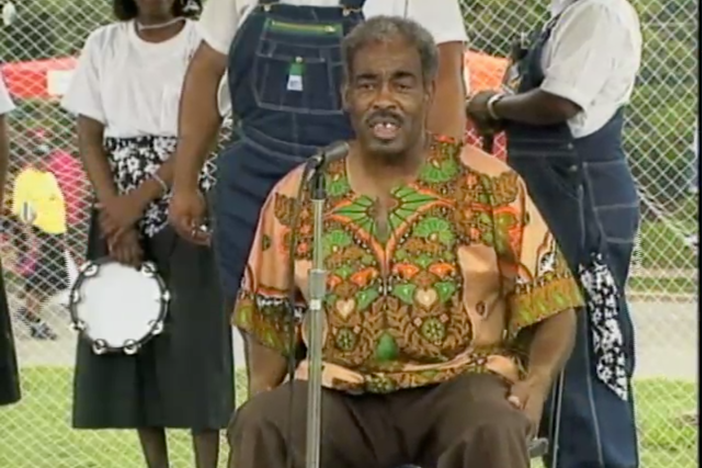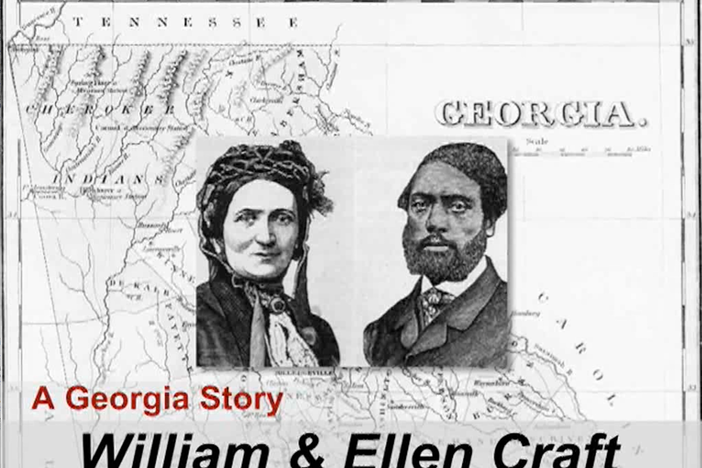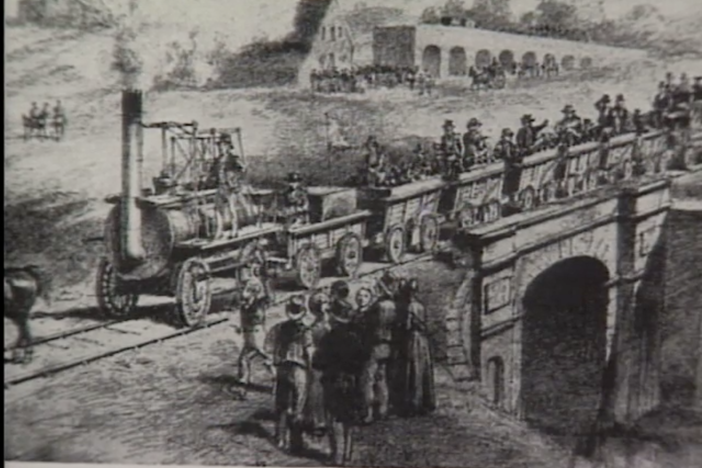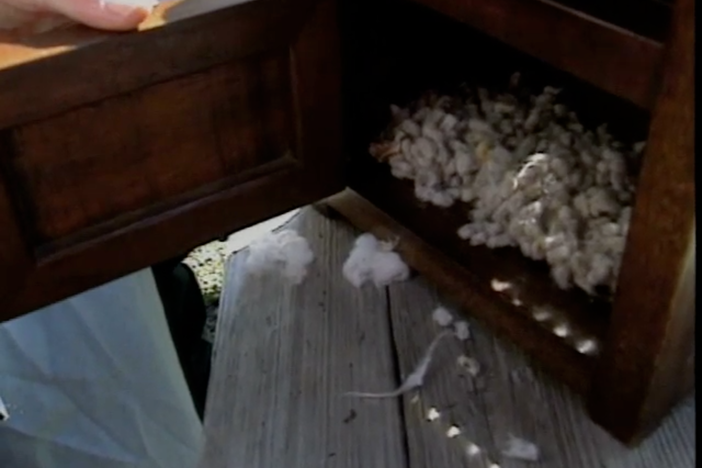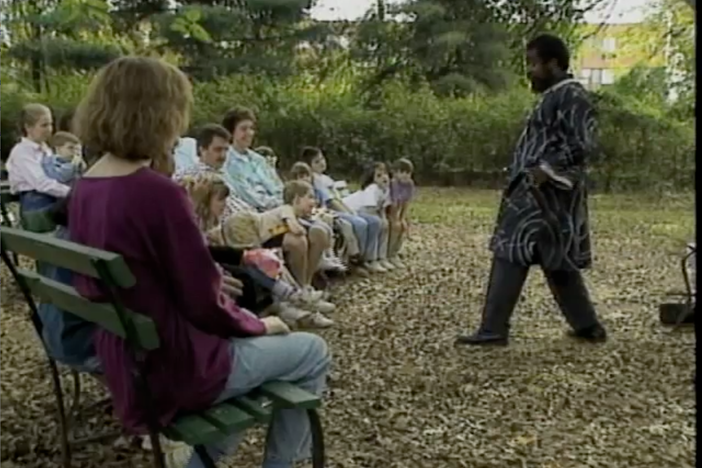The Roots of Uncle Remus
Storyteller Akbar Imhotep entertains visitors to Joel Chandler Harris’s Atlanta home, Wren’s Nest, explaining how African slaves brought with them a strong oral tradition of storytelling, especially trickster tales, and told them in the evenings when the work was done. These folktales were recorded by Joel Chandler Harris and known as the Uncle Remus stories when published.
The Roots of Uncle Remus
Storyteller Akbar Imhotep entertains visitors to Joel Chandler Harris’s Atlanta home, Wren’s Nest, explaining how African slaves brought with them a strong oral tradition of storytelling, especially trickster tales, and told them in the evenings when the work was done. These folktales were recorded by Joel Chandler Harris and known as the Uncle Remus stories when published.
1. Some people feel Harris stole credit from African-Americans by publishing their stories under his name. Others feel he popularized African-American culture and promoted understanding between blacks and whites. What do you think, and why?
2. Compare and contrast the traditional stories told by Harris, with African and slave roots, to those told by native Americans in the Cherokee Myths episode.
1. After watching this dramatization, discuss how the trickster theme has been used in today’s animated cartoons. Summarize a cartoon storyline you have seen that illustrates how a smaller or younger character exhibits strength by using his or her wits.
2. Write your own story of Br'er Bear, Br'er Fox, and the others. There should be a good moral in your story.
Gullah: relating to the culture of the South Sea Islands (found along the southern U.S. coastline); also applies to the dialect that is spoken there; Gullah is a combination of African and American traditions
Trickster Tales: stories wherein a character with little physical strength outwits his or her enemies
protagonist: the leading character or one of the major characters in a drama, movie, novel, or other fictional text
1. Some people feel Harris stole credit from African-Americans by publishing their stories under his name. Others feel he popularized African-American culture and promoted understanding between blacks and whites. What do you think, and why?
Harris has been both vilified and revered by blacks and whites on both sides of the fence. Harris loved the stories he collected (and therefore, we can infer, respected the blacks who passed them along to him). He emphasized that he was a collector, not the author, of these stories. However, by publishing the Br'er Rabbit stories, Harris deprived the descendents of the slaves who wrote them a chance to profit in later years from these tales. Although Harris made only a modest amount from book sales, which modest amount, and the associated fame, would, in some people's eyes, have been more appropriately bestowed upon a black person whose ancestors wrote the tales in the first place. The extent of Harris's willingness to see blacks as equal members of society can only be guessed at. Harris's own novels reveal some interesting (and perhaps controversial) views on the roles of class and race in southern society.
Uncle Remus was a fictional character created by Harris who, to this day, causes controversy. Uncle Remus is usually viewed as an ethnic stereotype. However, some argue that people very much like Uncle Remus did live in the South, and that Harris did not intend for Uncle Remus to be a laughable caricature of African-Americans.
A strong argument could be made that the Uncle Remus character be retired, since he was in no way a part of the original Gullah tales Harris collected. New versions of the Br'er Rabbit stories leave Remus out of the proceedings.
2. Compare and contrast the traditional stories told by Harris, with African and slave roots, to those told by Native Americans in the Cherokee Myths episode.
Student answers will vary, but many may note the prevalence of creation mythology as well as explanations of natural phenomena in Native American culture as opposed to explanations of daily occurrences or class structures in African-American stories.
